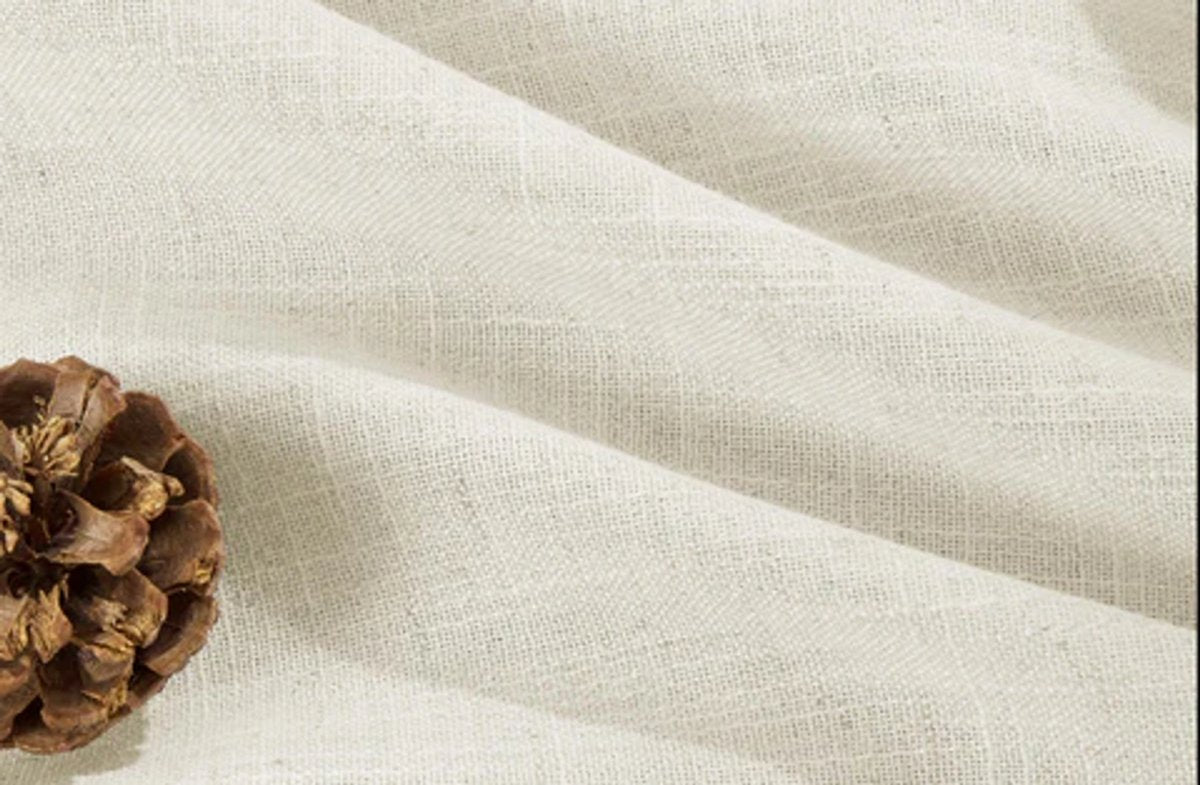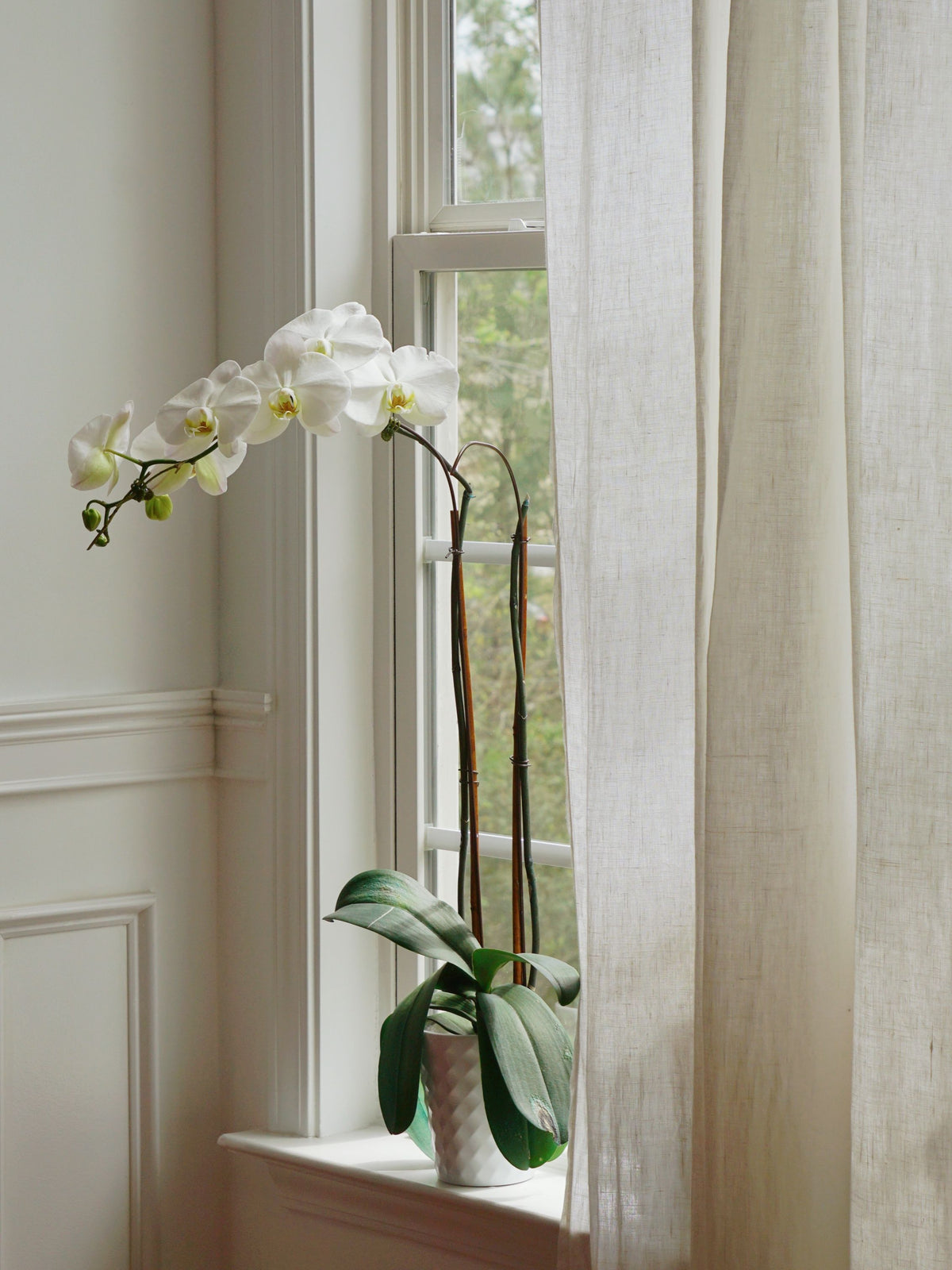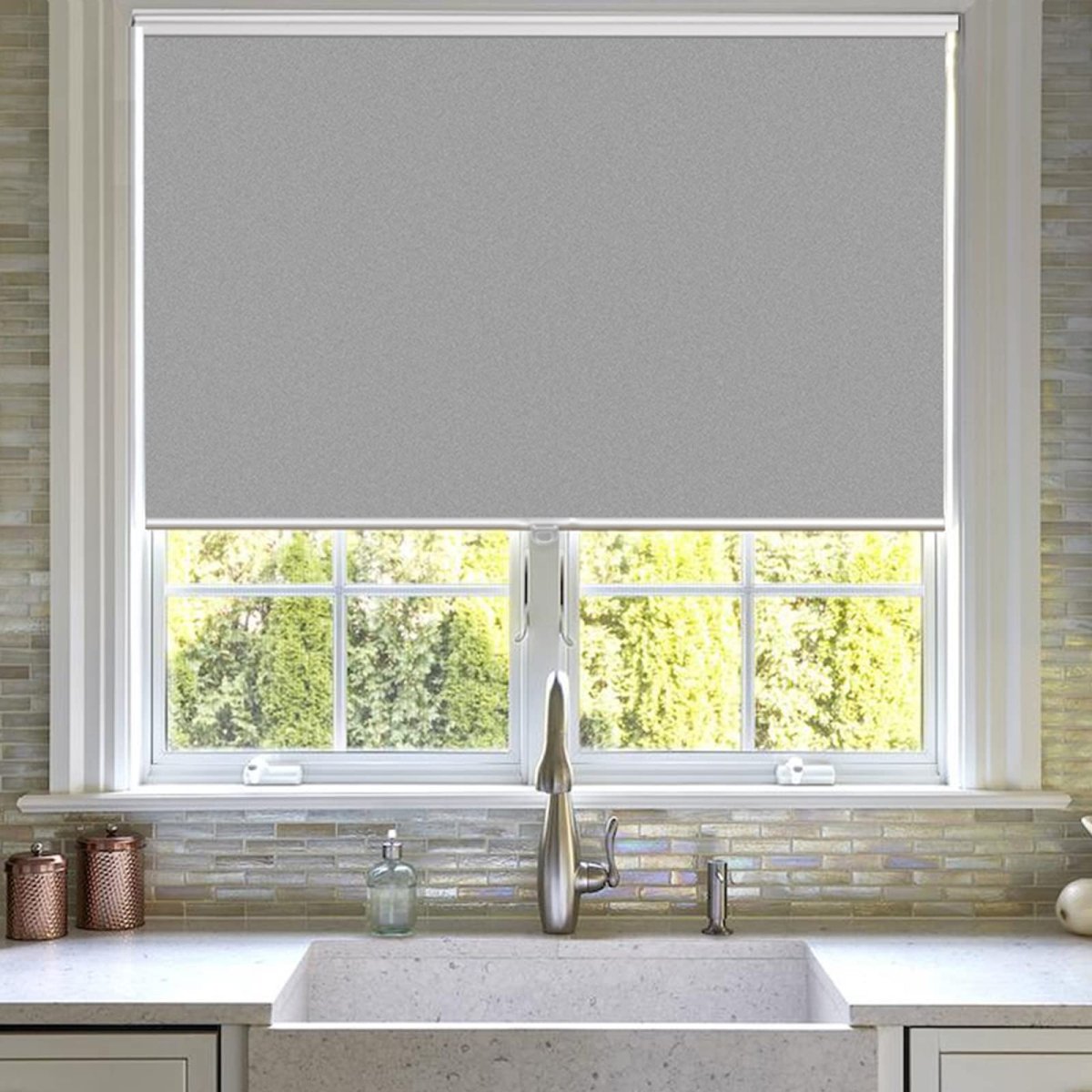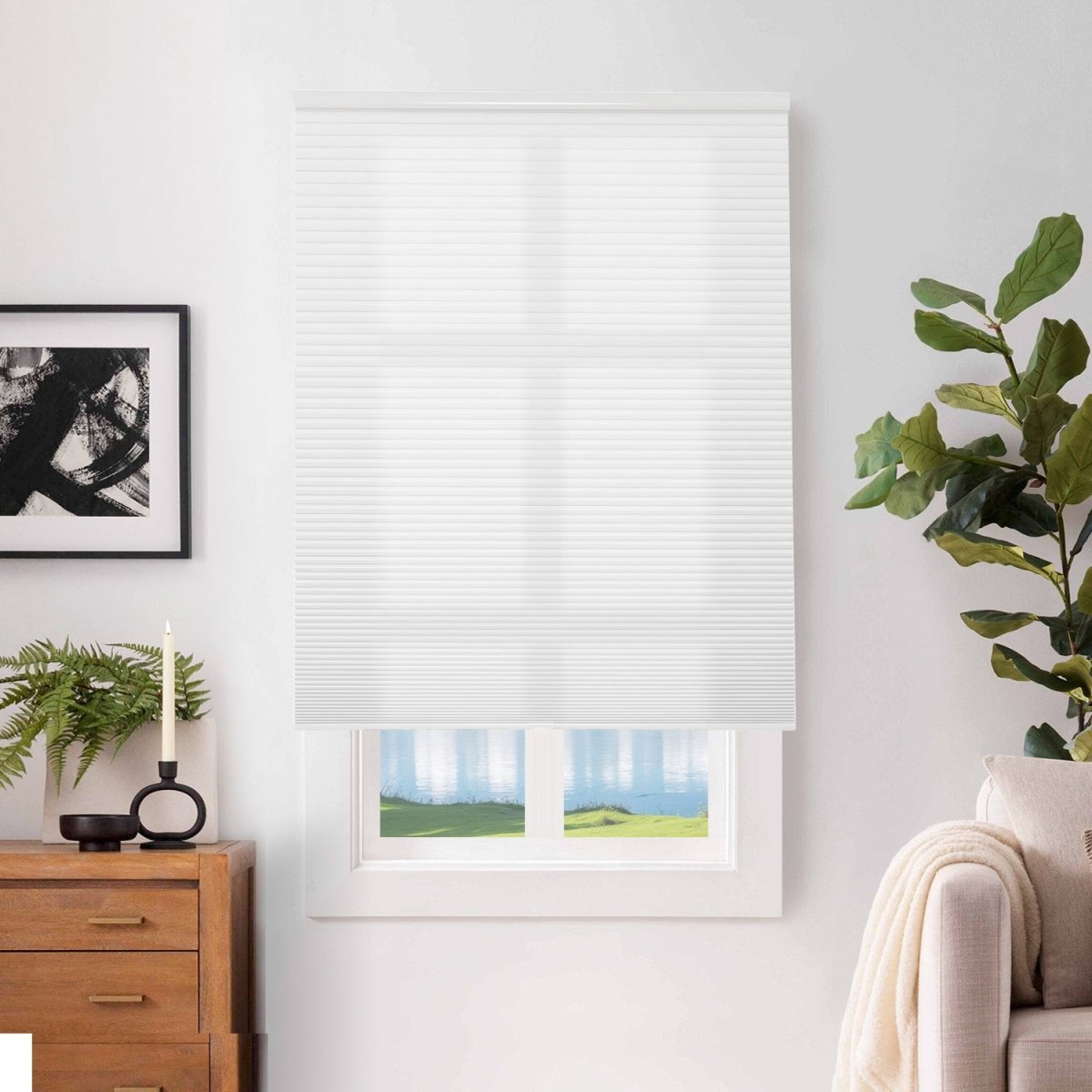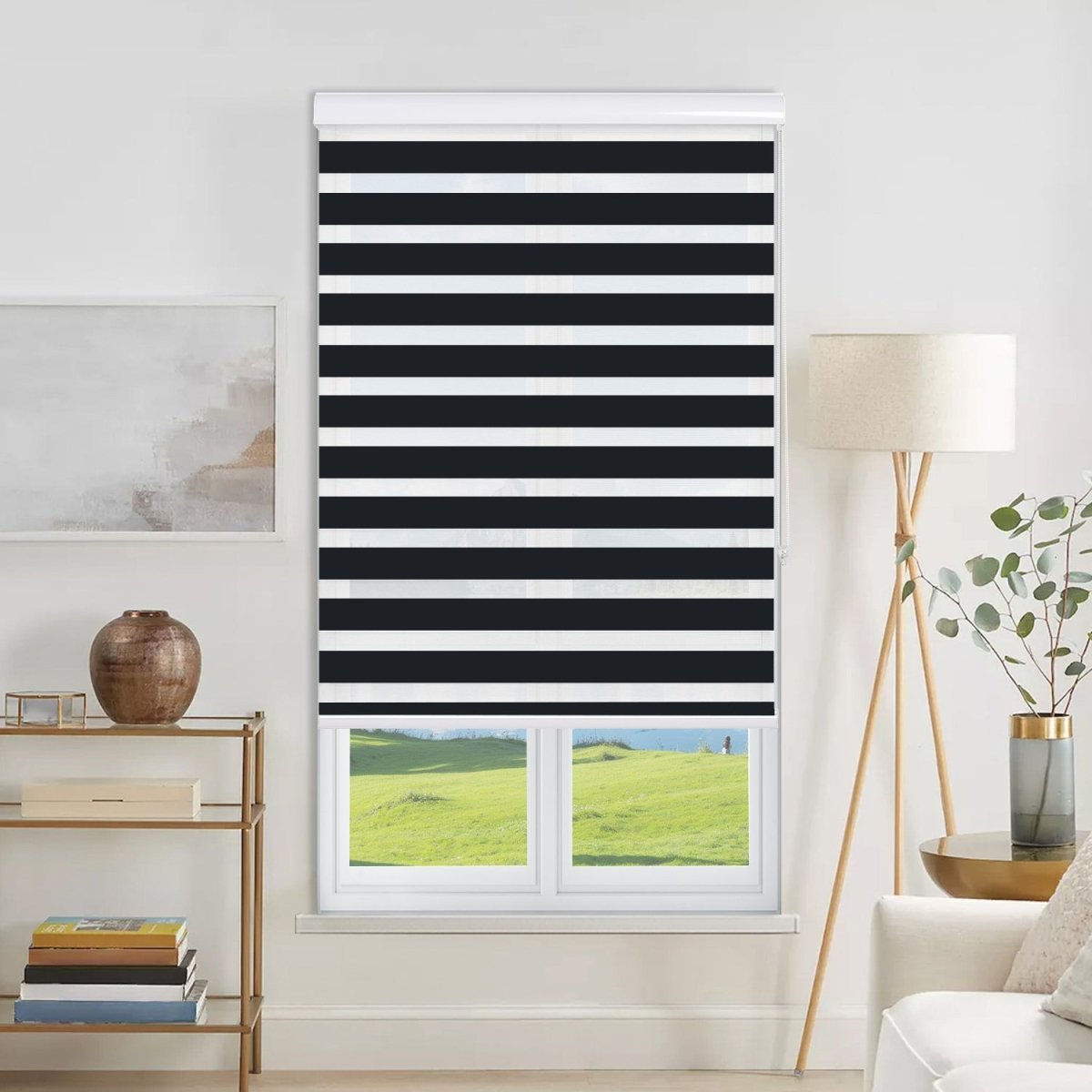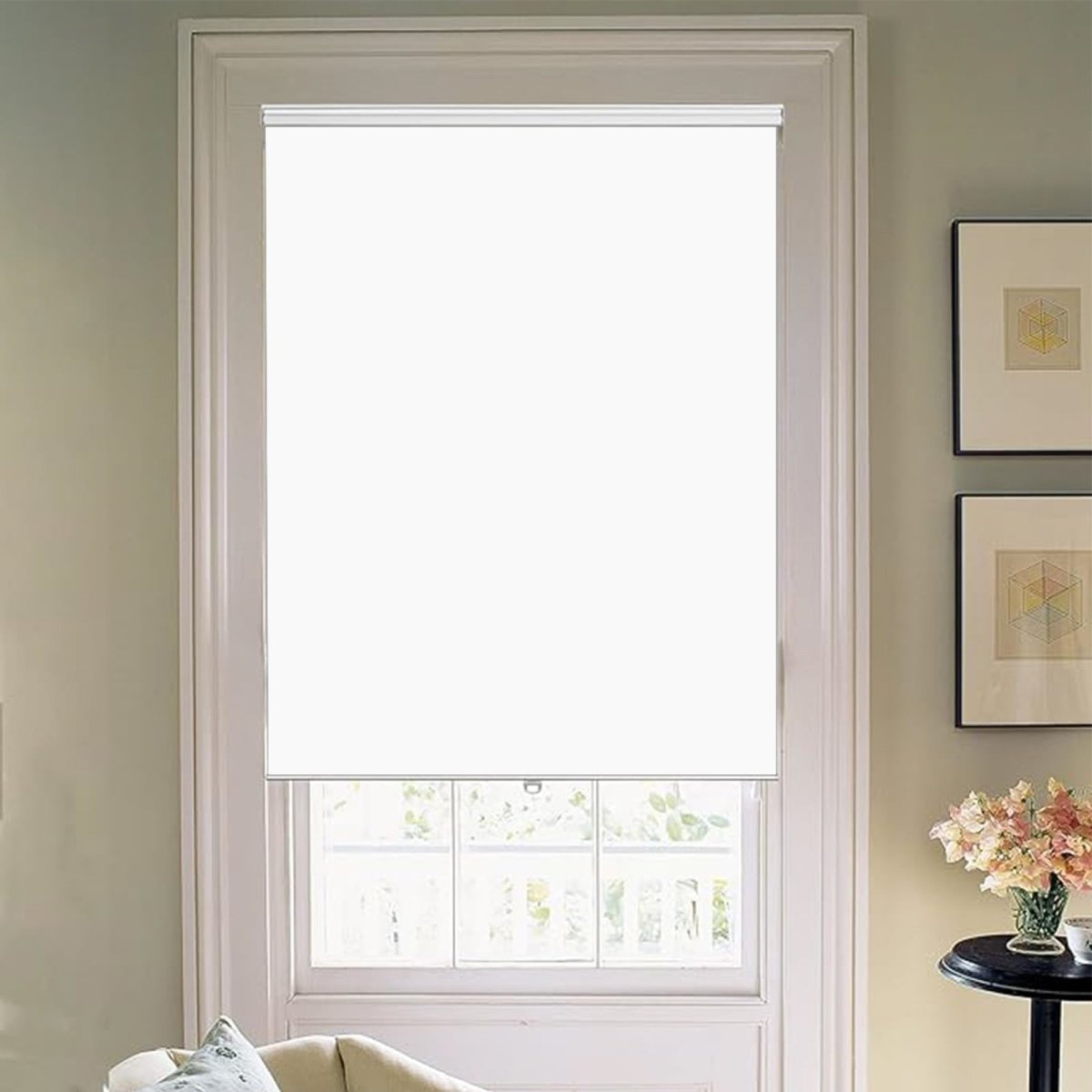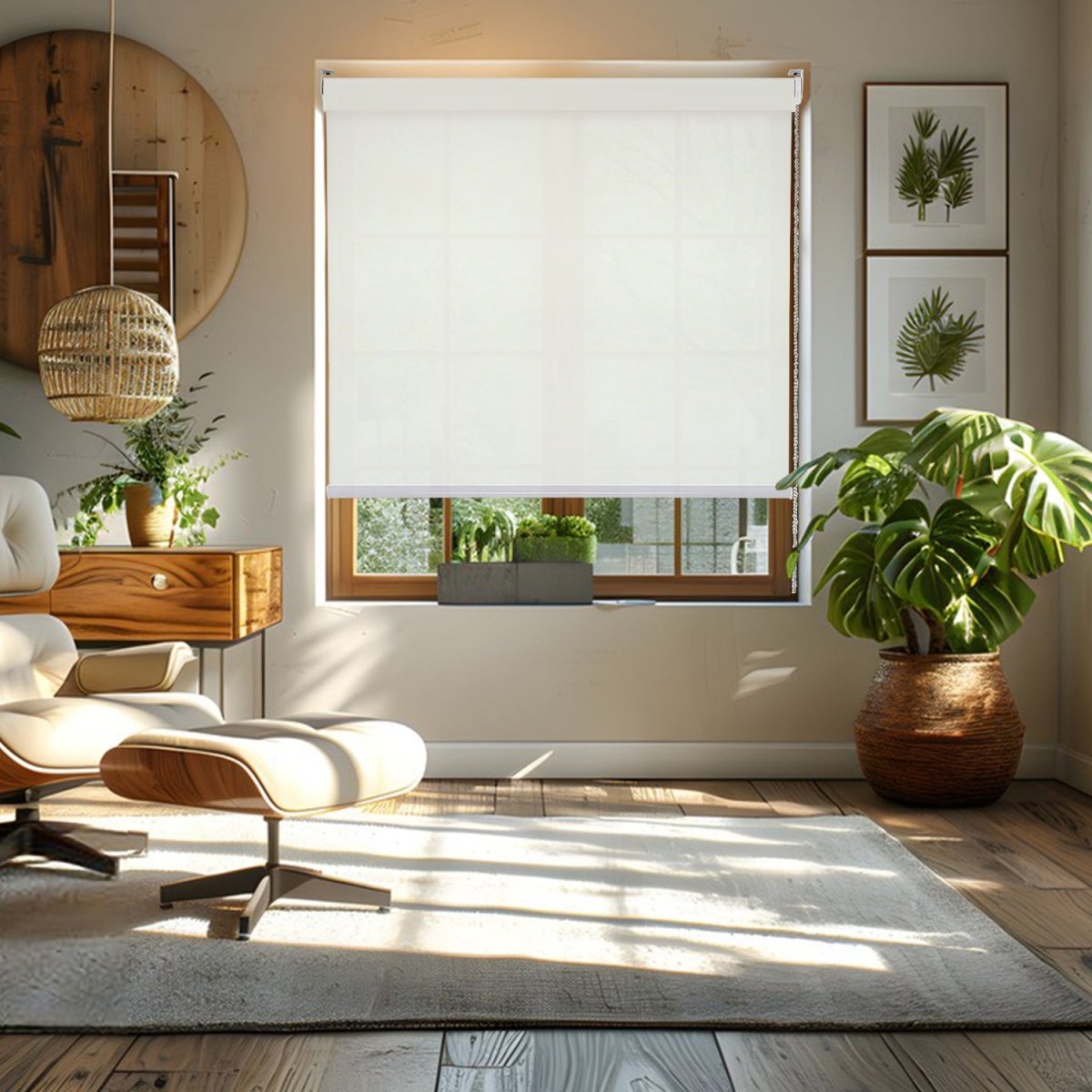When we think of blackout fabrics, our minds often picture dark, heavy drapes that plunge rooms into darkness. However, the true essence of blackout material lies not only in the color but in its light-blocking capabilities. This guide reveals the technology behind blackout fabrics, the variety of options available, the influence of pleat multiplicity, and the crucial role of installation methods, providing you with the knowledge to create the ultimate environment for comfort and privacy.
TOC: Your Blueprint to Blackout Mastery
- What Makes Blackout Fabrics Unique?
- The Science of Color in Blackout Curtains
- Installation Methods: The Final Touch for Perfect Darkness
What Makes Blackout Fabrics Unique?
Blackout fabric's primary function is to obstruct light penetration, providing privacy and darkness when needed. The secret to its effectiveness? A dual-layered structure with contrasting colors on each side. The outer layer is typically white to comply with residential standards and to reflect the sun's heat, but remember, without proper side coverings, light can still peek through the edges of blackout curtains.

Polyester (80%-100% Light Blocking)
Highly effective: Polyester fabrics can block out light completely.
Durable: Resistant to fading and deformation.Easy to clean: Machine washable.
Variety: Available in numerous colors and patterns.
Suitable for: bedrooms requiring darkness, like for daytime sleepers, and home theaters for an optimal viewing experience.

Cotton-Linen Blend (50%-70% Light Blocking)
Natural texture: Offers a comfortable feel with some breathability.
Eco-friendly: Usually made from natural materials.
Ventilation: Good breathability for spaces that want natural light but some shading.
Suitable for: living rooms needing privacy and natural light, and studies needing a comfortable work environment without direct sunlight.

Velvet (90%-100% Light Blocking)
Luxurious look: Velvet adds a touch of opulence to any space.
Sound and heat insulation: Enhances room comfort by blocking out noise and heat.
Heavy and effective: The weight of the fabric ensures superior light-blocking.
Suitable for: theaters and music rooms requiring sound and light control, and formal living rooms that need an elegant touch.

Sheer Fabric (10%-30% Light Blocking)
Light filtration: Sheer fabrics diffuse light, creating a soft ambiance.
Decorative: Ideal as decorative layers with other fabrics.
Light and romantic: Adds a breezy, romantic feel to any room.
Suitable for: dining areas that require soft light without the need for complete privacy, and balconies where visibility is desired but with some shading.

Blackout Coated Fabric (100% Light Blocking)
Total darkness: Special coatings ensure no light penetration.
Thermal insulation: Keeps indoor temperatures stable.
Versatile: For spaces requiring complete darkness and insulation.
Suitable for: conference rooms needing total darkness for projections, and photo studios requiring controlled lighting.
The Science of Color in Blackout Curtains

The color of your curtains is more than a stylistic choice—it's a functional one too. Dark curtains, like black, navy, or charcoal, are champions at absorbing light and providing supreme darkness, perfect for bedrooms and home theaters craving true blackout. However, these hues can attract heat, potentially raising curtain surface temperatures.
On the other end, light curtains—think white, beige, or light gray—allow more light to pass through, reflecting both light and heat, keeping interiors cool and bright. Ideal for living spaces and dining areas where natural light is welcomed.
Neutral tones offer a balanced approach, suitable for studies and multipurpose rooms. To achieve the best of both worlds, consider layering or blackout linings to enhance the effect.
Installation Methods: The Final Touch for Perfect Darkness
The way you install your curtains can make or break the blackout effect you desire. Here's a rundown of the installation methods that can help you achieve pitch-perfect darkness:

Side Channels: Installing tracks along the sides of the window ensures curtains fit snugly, virtually eliminating side light leakage. Perfect for bedrooms, home theaters, and conference rooms requiring full blackout conditions.

Pelmets: A decorative box installed above the curtain rod covers the top of the curtain, effectively stopping light from seeping in from above. Ideal for upscale living and sleeping areas.

Roller Blinds: Curtains that roll up and down on a shaft offer good blackout capabilities, especially with blackout materials, though there might be slight gaps at the edges. Best for bedrooms and offices.

Roman Blinds: A cord system lifts the curtains close to the window, minimizing side light leakage. Though effective, thin fabrics may still let light through. Great for living rooms, studies, and dining areas.

Hook Installation: Hooks fixed to a curtain rod might leave small gaps for light to enter. Suitable for living rooms and kids' rooms where complete darkness isn't necessary.

Ceiling Mount: Attaching the curtain track to the ceiling allows the curtains to hang straight down, providing substantial darkness, though side gaps can occur if curtains aren't wide enough. Works well for tall windows, French doors, and balconies.
Magnetic Edges: Curtains with magnetic strips on the edges stick to corresponding strips on the window frame, reducing light leaks. Requires specific curtains and frames. Optimal for bedrooms and studies where side light reduction is key.

Double Layer Curtains: Featuring a light, translucent curtain paired with a blackout curtain, these two layers can be used separately or together for significant light control. Versatile for living rooms and multipurpose spaces that need adjustable lighting.
Remember, the perfect blackout experience is not just about choosing the right fabric but also about understanding and leveraging the nuances of color and pleat fullness to create the ideal atmosphere for every room's function and style.
Conclusion: Crafting Your Ideal Ambiance with Blackout Fabrics
Blackout fabrics are much more than a barrier to the sun—they are a key element in designing a comfortable and private space. By understanding and taking advantage of the various fabric types, colors, pleat options, and installation methods, you're equipped to make an informed decision that best suits your lifestyle and decor.
FAQs:
How do I choose the right blackout fabric?
Consider the fabric type, color, pleat fullness, and installation method that best fit your space's needs and aesthetic.
Can blackout curtains help with energy savings?
Yes, by preventing solar heat gain, blackout curtains can keep your space cooler and reduce energy costs.
Are there eco-friendly blackout options available?
Absolutely, look for fabrics made from natural fibers like cotton and linen for a greener choice.
